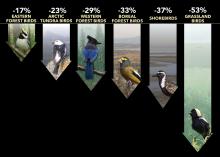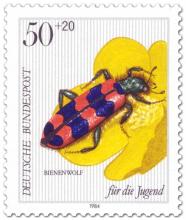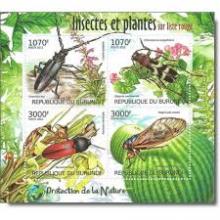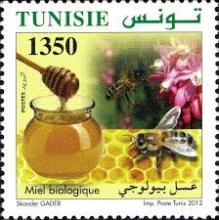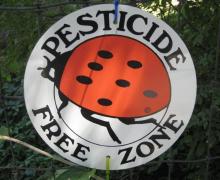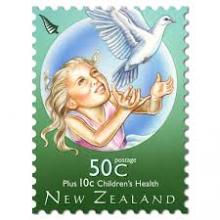De kwaliteit van bronnen voor drinkwater in Nederland staat onder druk
De doelen, zoals vastgelegd in de KaderRichtlijn water, zijn nog lang niet binnen bereik. Geldende normen voor onder andere nitraatgehaltes en residuen van gewasbeschermingsmiddelen worden plaatselijk overschreden. De vereniging van waterbedrijven, Vewin, vraagt om meer maatregelen om de kwaliteit van het ruwe water te verbeteren.


